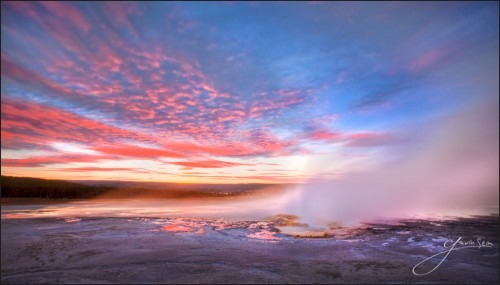
Most rules are universal to photography of any style or any experience level. Of course these rules are meant to be broken, but general concepts help us stay on track and we should only break rules for good reason. These are some tips I keep in mind with my own work. Hope they give you a few reminders. When your done here some join us in the forums to get some personal feedback. OK let’s roll.
- One primary subject. If you have more, you’ll have distraction.
- Omit needless objects. Getting them out will clean up your scene.
- Slow down. Many images are ruined because of RTC (Rush To Click).
- Tonal control is essential. Use the Zone Scale, Burn & Dodge.
- If a background detracts from your scene, change or carefully blur it.
- See Light. Where’s it coming from, how can you use it.
- Learn the rules photography. Then you’ll break them for good reason.
- Don’t just center things. Use the rule of thirds & others. They work.
- Eyes. Watch close, keep them sharp. They hold emotion.
- Use the Magic Hour. Around sunrise/sunset, light happens.
- Keep it sharp. Watch your shutter speed & subject movement.
- Space is valuable in a frame, keep clutter away with comp & tonal control.
- Harsh sun can be bad. Learn to manipulate it and find good light.
- Shadows are critical. Without them the light gets ignored.
- Great images start in camera. But don’t underestimate careful editing.
- Use fresh ideas, but also go for those old reliable images.
- If the weather is foul, it doesn’t mean the photos will be.
- Lines lead the eye. Pay attention to where they go and intersect.
- Change hours. Different times of day will transform a scene.
- Think about shadows and dimension. Flat light is usually boring.
- Motion Blur can be very powerful, but use it carefully.
- Take time to really LOOK at your subject before releasing the shutter.
- Study. Photography has 150+ years of history. Go learn about it.
- Remember… Slow down, refine, simplify. Analyze your scene.




Over 5000 Facebook Fans say it best. Seim Effects Tools set the standard.

Use Promo Code PPS to save 15%





